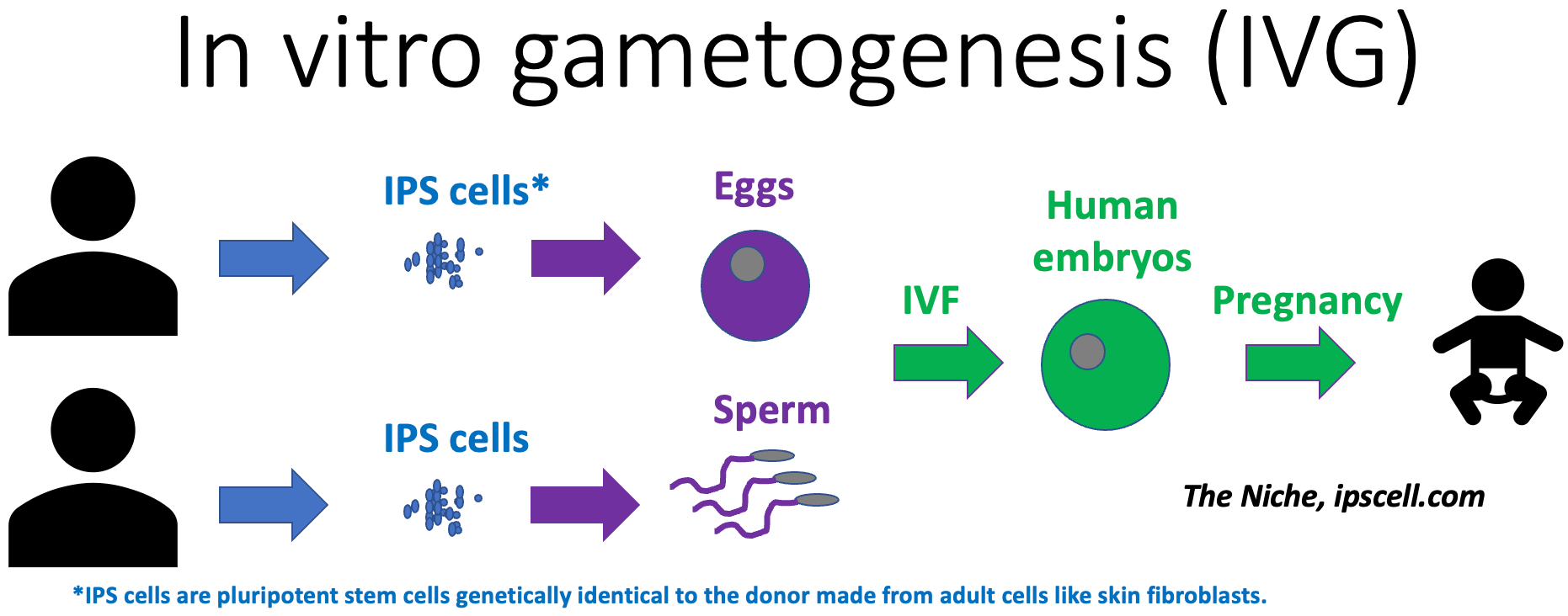From Skin Cells to Sperm
I went to San Mateo this Friday to see my new friend, who was a bioscientist at Stanford. We were talking about a variety of topics over ramen (definitely try Taishoken Ramen if you are in the Bay Area!), and at some point, we started discussing gender inequality and how artificial wombs (aka, ectogenesis) can reduce the high burden of pregnancy. Then he introduced me to a technique called in vitro gametogenesis (IVG). It turns somatic cells, which are basically regular cells such as skin or muscle cells that make up most of your body, into gametes like sperm and eggs.
This is interesting because people with fertility problems can have their genetic children without getting gametes from donors. Also, sexual minority couples of both sexes could have genetic children that are genetically related to both of them, although male couples would need a surrogate mother.
In short, you create induced pluripotent stem cells (iPSCs) from somatic cells and guide them through various stages of development into functional gametes.
iPSCs are undifferentiated cells that can change into anything, including sperm or eggs, similar to a fertilized egg. The beauty of iPSCs is that you can create these undifferentiated cells by reprogramming somatic cells.
Once you get an egg or sperms, you can fertilize them through In vitro fertilization (IVF) to create an embryo.
This process still faces many challenges in humans, even though it works in other animals. Additionally, producing eggs is more difficult than producing sperm.
If you enjoy dystopian sci-fi, you may have envisioned intriguing concepts like unibaby, where one person produces both sperm and an egg to conceive a child. Additionally, since it’s easy to steal a somatic cell—such as after someone drinks a cup of coffee—genome theft could become more prevalent for acquiring the genetic material of celebrities.
